This is our updated list of the most expensive photographs ever sold. They include surreal masterpieces and captivating self-portraits. These iconic images offer insights into the medium’s profound impact and boundless creativity.
These photos have fetched staggering prices at auction and in NFT spaces. Maybe you’re a budding photographer or only curious about what photos have sold for millions. Read on to find out which is the most expensive photo ever sold.
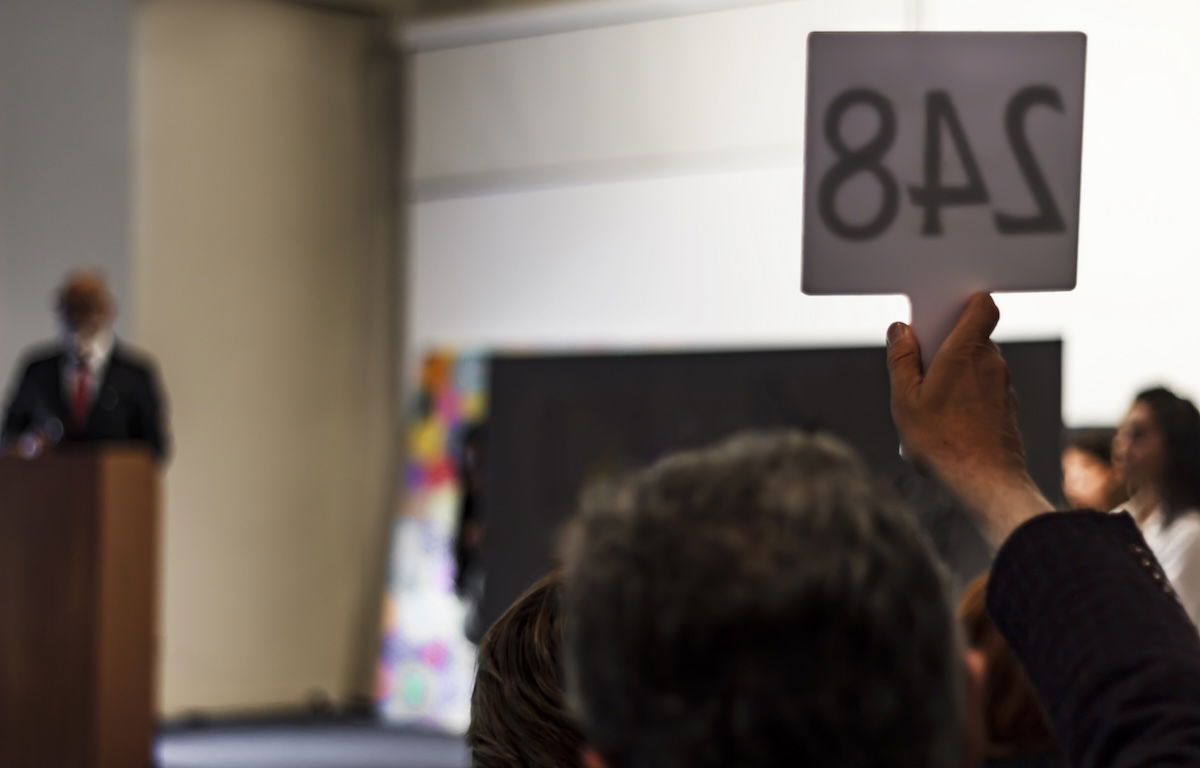
These are the 10 most expensive photographs that have been sold:
All prices are in US dollars and reflect the value when the photos were sold. We have a bonus one at the end that didn’t make the list due to controversy. We’ll let you decide if it should take third place.
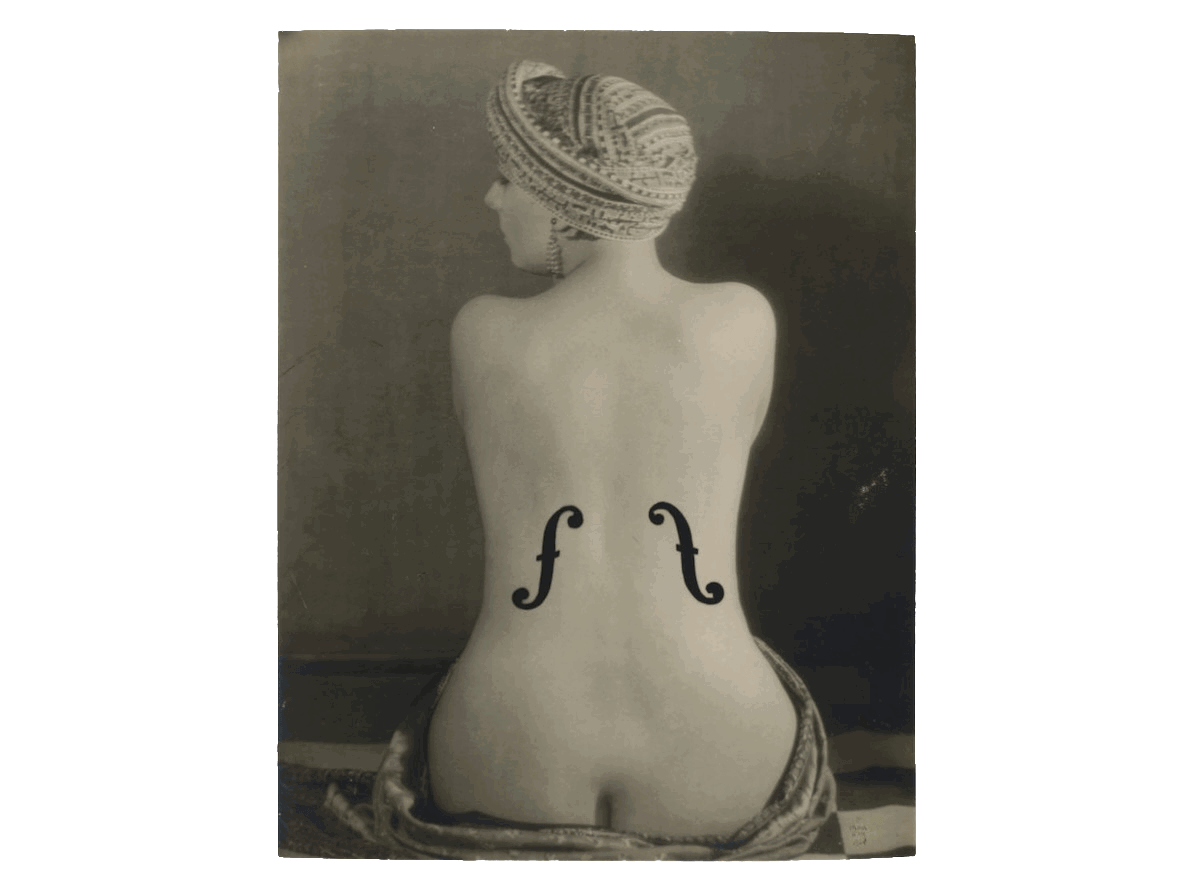
This photograph is “Le Violon d’Ingres” by Man Ray (courtesy of Chrisite’s). It sold for a record-breaking $12.4 million on May 14, 2022, at Christie’s New York. The auction was dedicated to Surrealist art.
The intense bidding lasted nearly 10 minutes. It culminated in a price exceeding expectations and setting a new record in the photography market.
This famed photograph from 1924 depicts a nude woman’s back overlaid with a violin’s f-holes. It showcases Man Ray’s innovative approach to Surrealist photography.
The rare vintage edition features Ray’s muse Kiki de Montparnasse. It is considered an original photographic copy. This adds to its historical and artistic significance. It pays homage to Jean-Auguste-Dominique Ingres’ iconic painting “The Valpinçon Bather” (1808).
The photograph features striking juxtaposition and manipulation. It blends elements of the human form with musical motifs. The use of painted violin f-holes on the model’s back adds an intriguing layer of symbolism and surrealism to the composition.
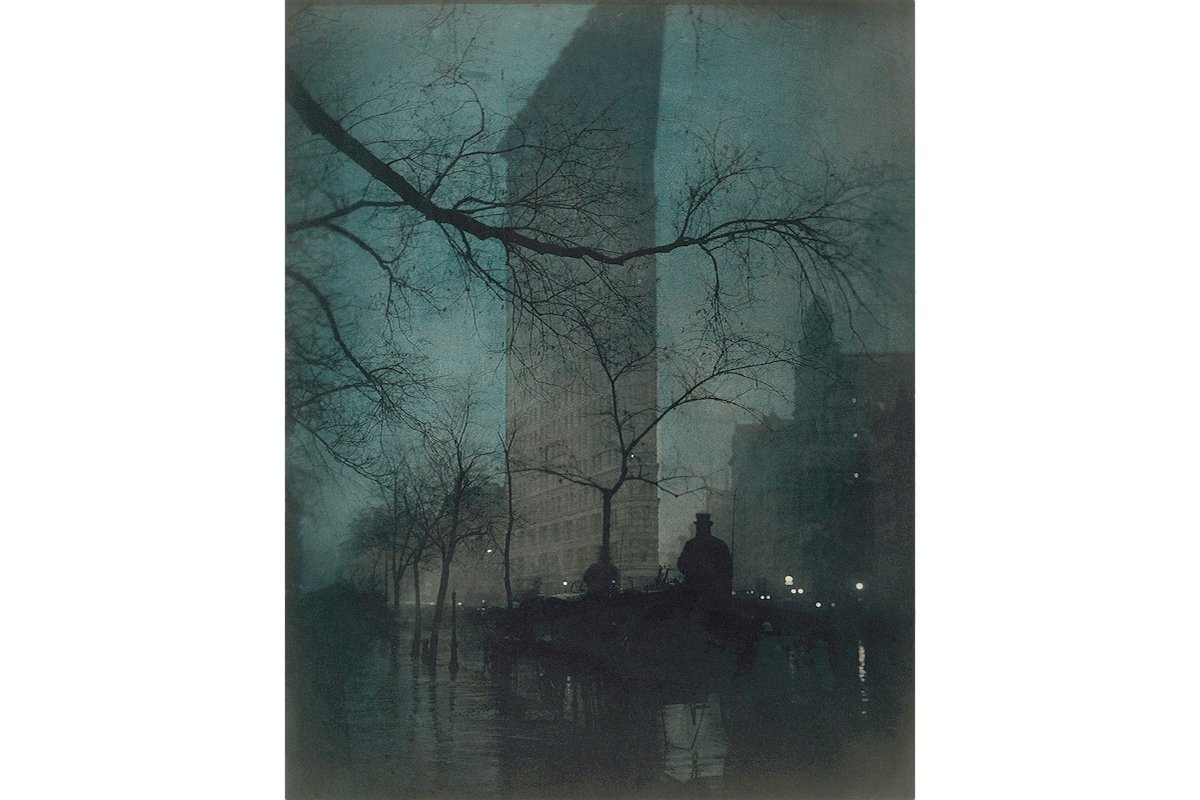
This is Edward Steichen’s photo (courtesy Wikipedia) of the iconic Flatiron Building in New York City. It sold for an impressive $11.8 million in 2022, far exceeding its estimated value of two to three million dollars.
This photograph stands as a timeless masterpiece of architectural photography. This iconic image captures New York’s Flatiron Building in a striking composition. It showcases Steichen’s unparalleled ability to capture the essence of urban landscapes.
The photograph’s record-breaking sale reflected two things:
Photographers can draw inspiration from Steichen’s use of light, shadow, and perspective. He creates visually captivating images of cityscapes. It inspires photographers to explore the beauty of urban environments through their lenses.
Steichen’s image employs soft focus and atmospheric effects to evoke a dreamlike quality. It is reminiscent of impressionist painting techniques. He accentuated the architectural details of the Flatiron Building. He created a timeless and ethereal atmosphere.
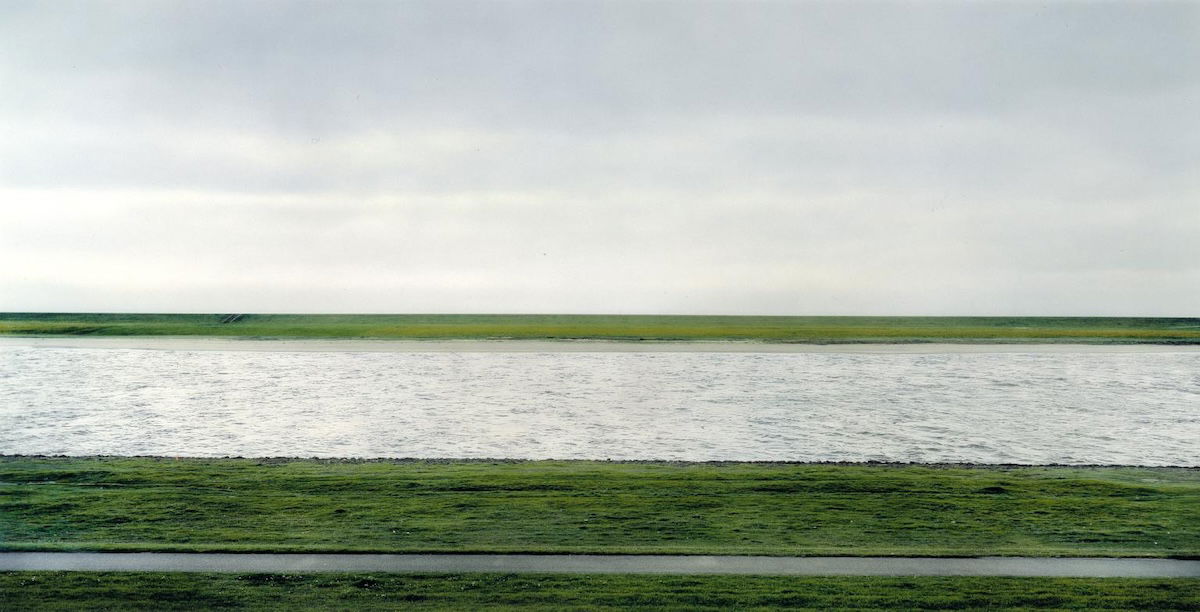
Andreas Gursky’s “Rhine II” (The Rhine II) was sold at Christie’s New York in November 2011. It fetched an impressive $4.3 million, making it one of the most valuable photographs ever sold. It once held the world record for the most expensive print sold until 2014.
This minimalist masterpiece portrays the Lower Rhine River in Germany. The river is depicted between green grass fields under an overcast sky. It inspires photographers to seek beauty in the mundane and elevate their craft.
Gursky meticulously edited the photo to remove all traces of human presence. He removed dog walkers and a factory building with digital editing. The result is a surreal and pristine landscape.
Minimalist landscape photographers can learn from Gursky’s attention to detail. Through post-processing, he transforms ordinary scenes into extraordinary works of art. “The Rhine II” reminds us of the power of simplicity and composition in photography.

Richard Prince’s “Spiritual America” sold for $3,973,000 in 2014. It is an iconic example of appropriation art. It challenges notions of authorship and authenticity in photography.
This controversial image is derived from a photograph by Gary Gross. The photo is of a ten-year-old Brooke Shields undressed in a bathtub. For that reason, we aren’t showing Prince’s photo here. If you wish to see it, go to Christie’s website.
The photo sparked intense debate upon its exhibition. The police banned the work from the Tate Modern exhibition in London. It is one of the most controversial photos in history.
Prince recontextualized the image as a cultural artifact. It forces us to confront our attitude toward sexuality, celebrity, and image commodification.
He takes a deconstructive approach. Prince questions the reliability of photographic representation. And he makes us think of the power dynamics inherent in the consumption of visual media.
“Spiritual America” provocatively comments on the complexities of contemporary culture. It invites viewers to interrogate their perceptions and biases.
As one of Prince’s most significant works, it continues to challenge and inspire audiences. It underscores the enduring relevance of conceptual photography in the modern art landscape.
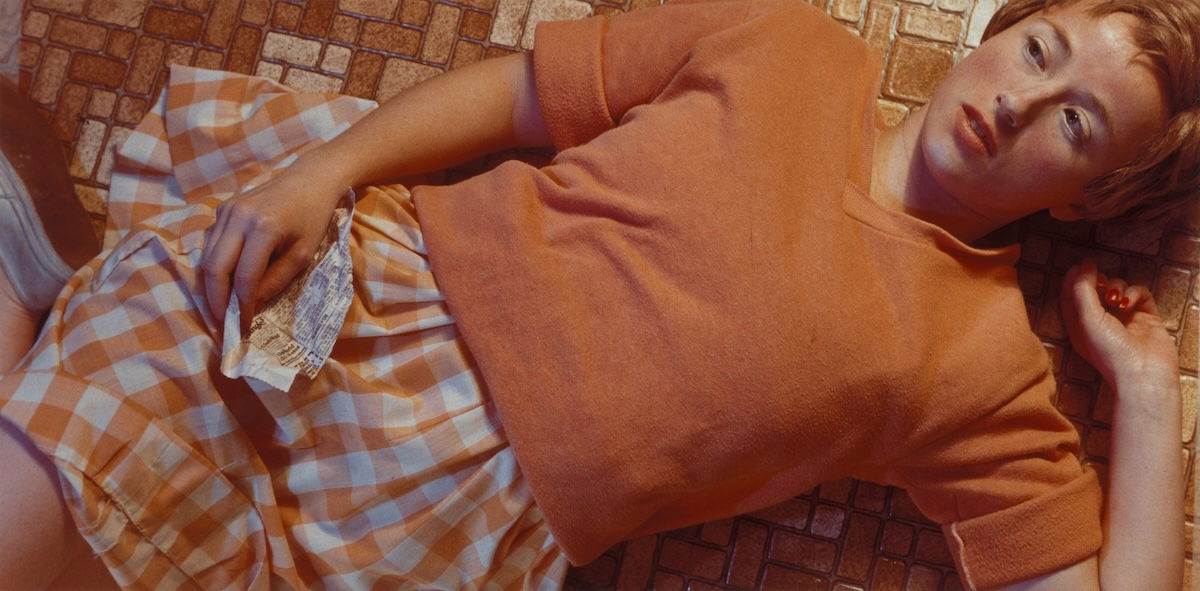
Cindy Sherman is no stranger to expensive prints. In May 2011, “Untitled #96” sold for $ 3,890,500 at Christie’s New York auction.
The work was part of Sherman’s self-portrait series. It showcases her unparalleled talent for self-portraiture and conceptual photography.
Cindy Sherman is celebrated for her groundbreaking self-portraiture. Her work explores themes of identity, gender, and representation. This iconic work is part of her renowned Untitled Film Stills series.
Sherman used “B” movies and the centerfolds of men’s erotic magazines to inspire this work. But her facial expression and body language depict a different message and vulnerability.
In this compelling image, Sherman transformed herself into a “glamorous centerfold.” She challenged conventional notions of beauty and identity. You can draw inspiration from Sherman’s fearless exploration of self-expression. She could inhabit diverse personas.
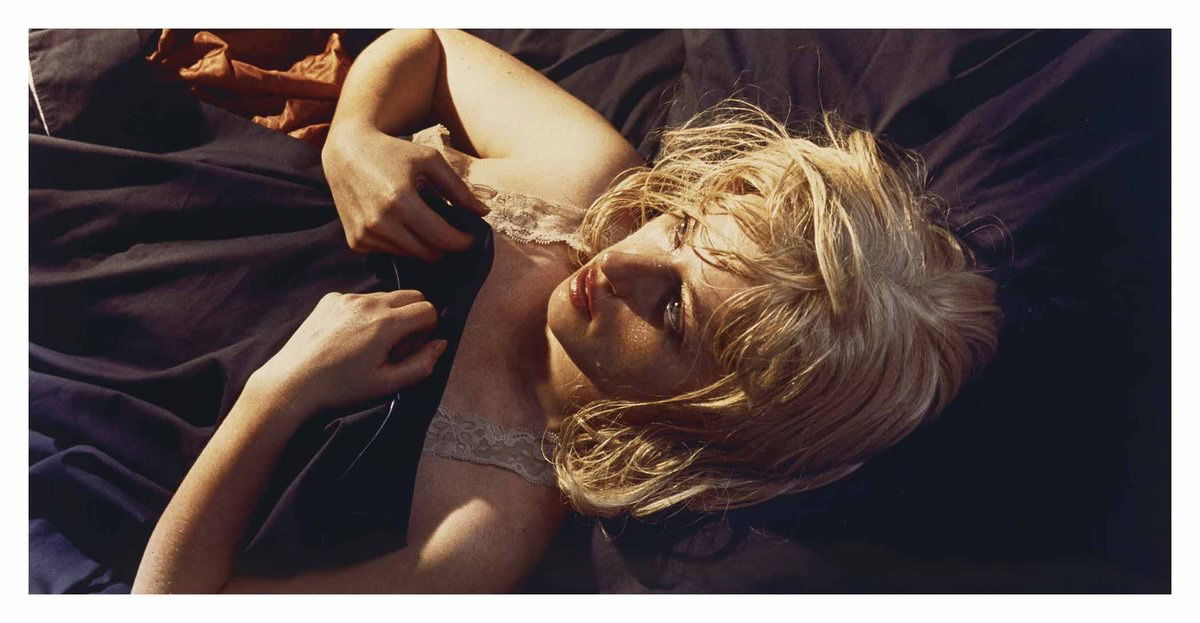
“Untitled #93” is yet another iconic work by Cindy Sherman. This self-portrait photo series sold for over $3.8 million in 2011. This big sale again affirmed Sherman’s status as a trailblazer in contemporary photography.
In this series, Sherman also adopted grotesque facial expressions. She confronted societal norms of beauty and femininity with raw honesty and vulnerability. Photographers admire Sherman’s fearless approach to self-portraiture. It provokes thought and introspection.
“Untitled #93” inspires photographers seeking to challenge conventions. It challenges them to explore the nuances of identity and representation in their practice.
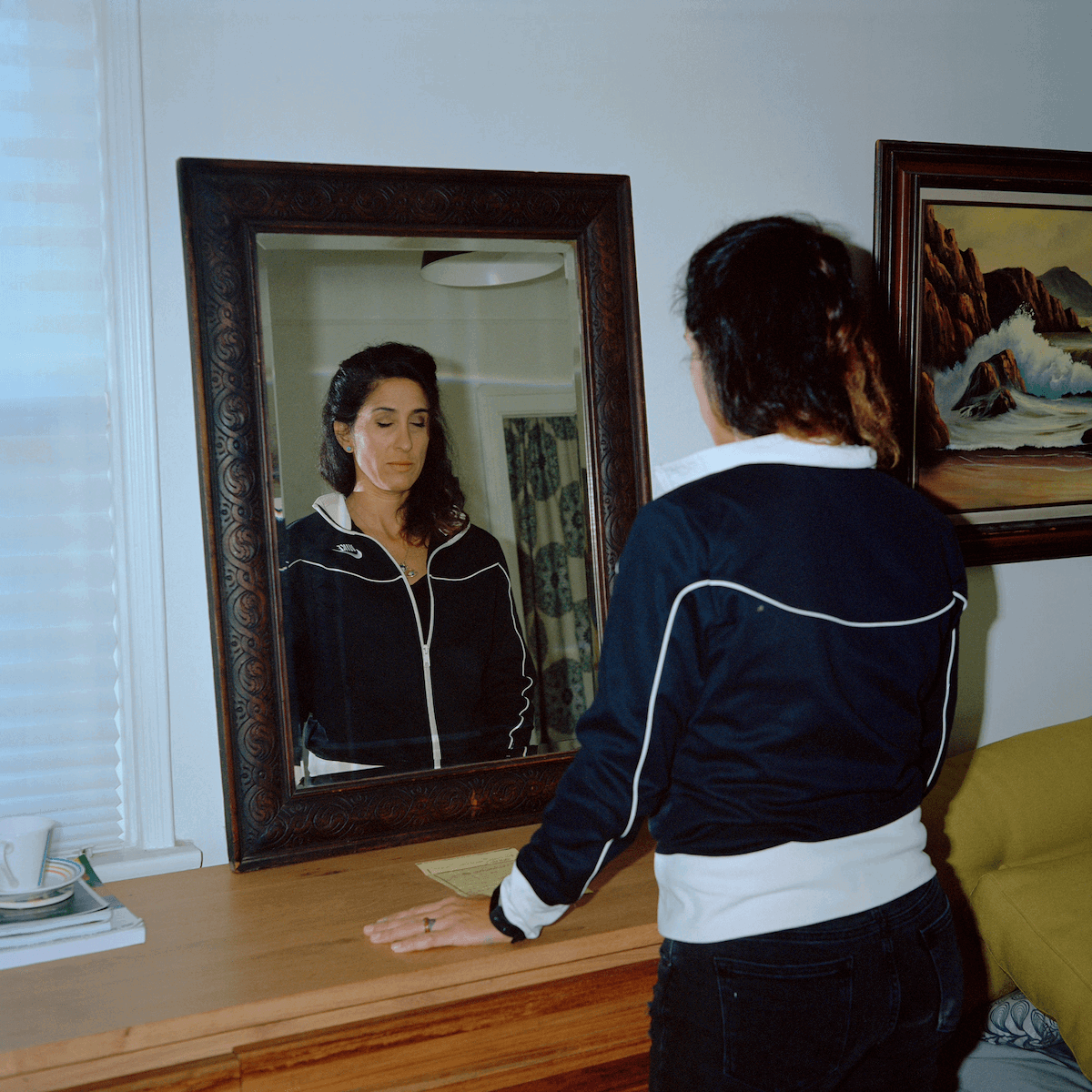
On November 23, 2021, Justin Aversano’s “Twin Flames #49…” was sold for an astonishing 871 ETH ($3.7 million at the time, now worth just over $2 million). This solidified Aversano’s position as one of the world’s most valuable photographers in the realm of NFTs.
This was initially intended as a personal piece. But it gained immense significance within Aversano’s Twin Flames project. It has been through two previous sales. First, it sold for $35,280 through Southebys. Then, to fractionalize ownership, it was sold privately for 506 ETH.
This photo symbolized community empowerment and support for emerging NFT photographers. Aversano reinvested the initial proceeds from the sale into the community.
This then morphed into the last sale being reinvested into a collective for NFT artists. It demonstrated a dedication to nurturing and uplifting the next generation of digital artists.
“Twin Flames #49” exemplifies the transformative power of NFTs in fostering collaborative communities. This groundbreaking NFT photography collection redefined the landscape of digital art sales. It made history with unprecedented achievements.
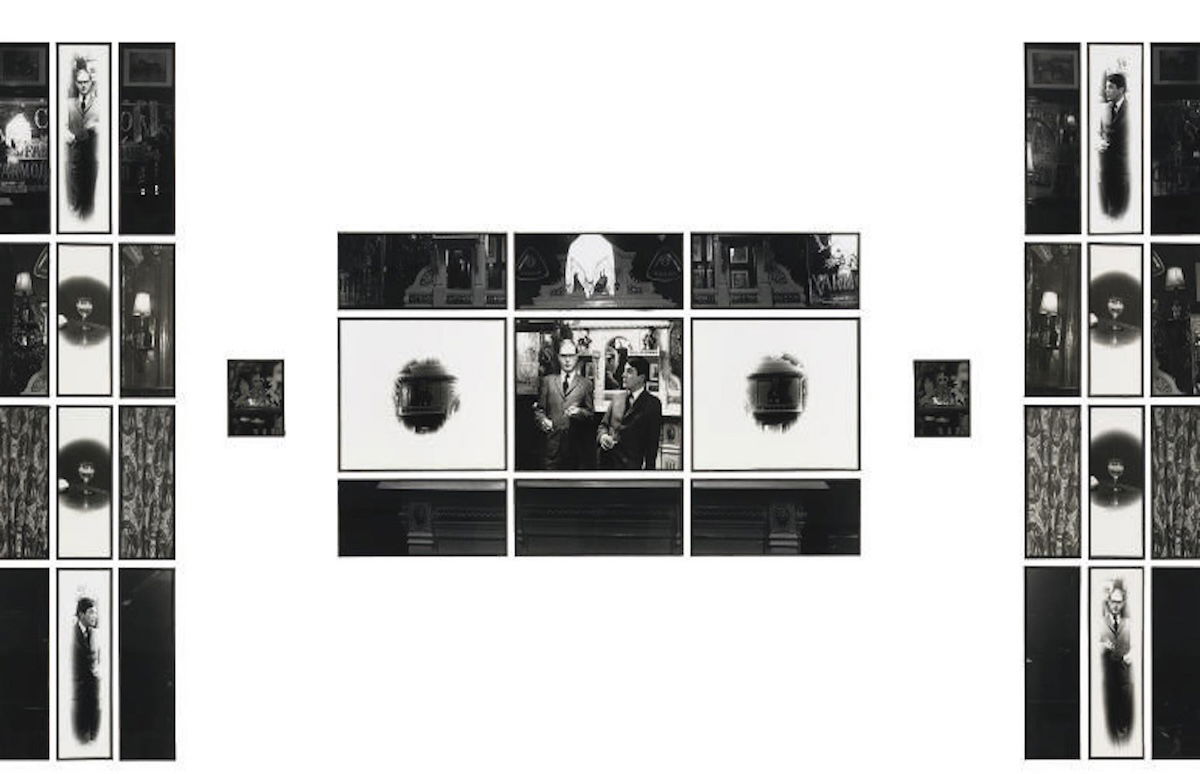
Gilbert & George’s “To Her Majesty” (1973) sold for over $3.7 million at Christie’s in London in 2008. The work reflects the duo’s anti-establishment stance. They had a unique approach to addressing societal taboos.
Gilbert Prousch and George Passmore are known for their bold and provocative mixed-media artworks. They were pioneers of collaborative photography. “To Her Majesty” is a testament to their boundary-pushing approach to art.
Their series of photos commemorates the duo’s drunken evenings. This image combines elements of collage and performance. It blurs the boundaries between photography and visual art.
They had a penchant for combining extremely bold colors with black-and-white photographs. They often incorporated swear words and insults to challenge societal norms. This added a layer of subversion and social commentary.
“To Her Majesty” challenges viewers to confront uncomfortable truths about contemporary society. Gilbert & George often addressed controversial topics, which garnered them both acclaim and controversy.

Richard Prince’s “Untitled (Cowboy)” sold for $3,749,000 at Christie’s on May 12, 2014. It redefined the iconic American cowboy image through his innovative appropriation art. Prince is a provocative figure in contemporary art. He is known for his “re-photography.”
As a photo of an image, Prince deconstructed and reimagined the original Marlboro advertisement. It challenges romanticized ideals of freedom and adventure associated with the cowboy archetype.
He confronts the commodification of cultural symbols. And he explores the shifting landscape of American identity.
He exposes how repeated reproduction can diminish the potency of iconic imagery. It offers a thought-provoking commentary on the intersection of mass media and consumer culture.
For photographers, “Untitled (Cowboy)” is a compelling example of the power of visual storytelling. It shows the complex interplay between image, context, and societal constructs.
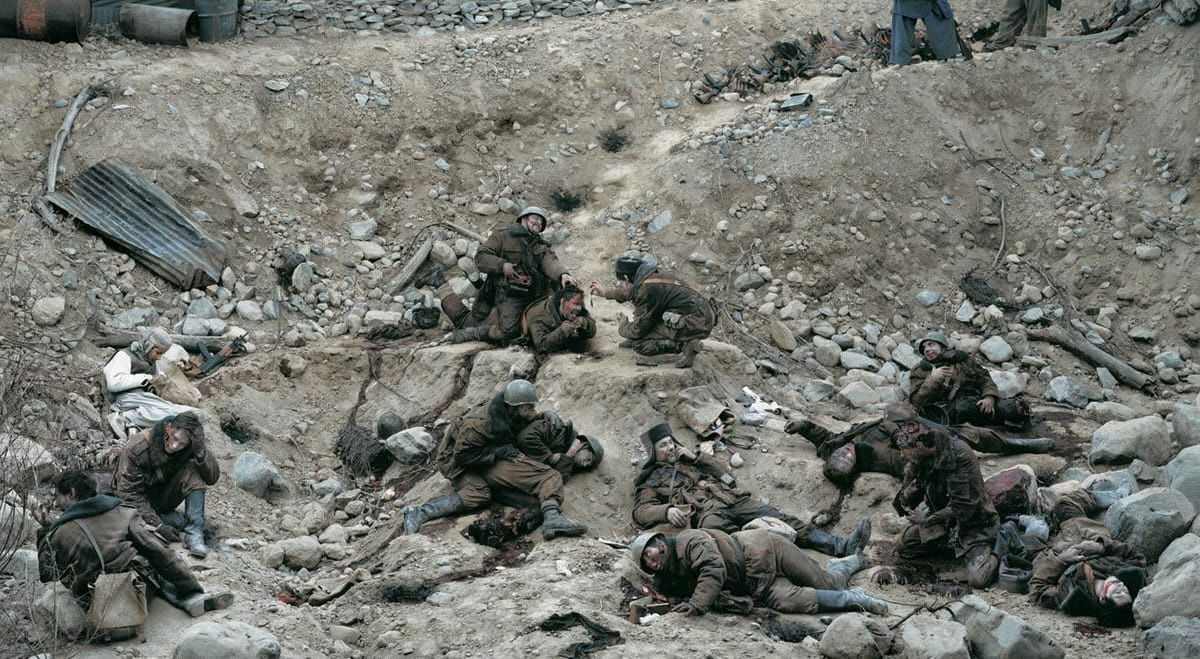
Canadian artist Jeff Wall’s “Dead Troops Talk ” photograph sold for over $3.6 million at auction at Christie’s New York in May 2012. This set a record for the photographer and exceeded its estimated sale price by nearly double.
The staged image depicts bloodied and dismembered soldiers from Russia’s Red Army. They are engaged in conversation on a rocky hillside. Christie’s NY described it as a “monumental, glowing image” capturing soldiers’ reactions to their deaths.
The photograph, created using actors in 1992, is one of Wall’s most iconic works. It portrays a vision after a Red Army patrol ambush near Moqor, Afghanistan, in the winter of 1986. It’s a fictional scene with soldiers returning to life, like in a zombie horror movie.
For photographers, Wall’s meticulous staging and attention to detail are inspiring. It is an example of narrative storytelling within photography.
Wall is world-famous for his large-format, backlit Cibachrome photos of staged scenes inspired by art history. He also references philosophical problems of photographic and artistic representation.
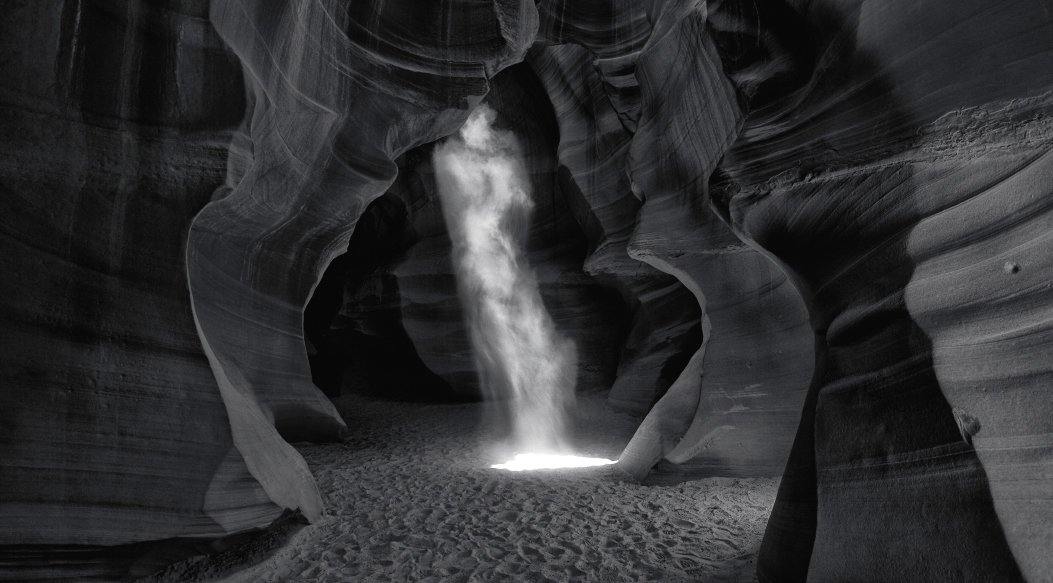
This captivating photograph allegedly sold for an astounding $6.5 million in 2014. Yet the sale is unverified because the buyer was “private and anonymous.”
Lik’s press release at the time said his lawyer could confirm the sale. But its place among the world’s costliest photos is still the source of heated debate.
The black-and-white landscape photo is of the famous Antelope Canyon in Arizona, USA. It epitomizes the ethereal beauty of the area. Lik expertly captured the interplay of light and shadow within the canyon’s winding walls.
He shot a hauntingly beautiful scene that resonates with viewers worldwide. Landscape photographers can draw inspiration from Lik’s mastery of composition. We can also learn from his use of natural light to evoke emotion and atmosphere.
Antelope Canyon remains a sought-after destination for photographers. Many seek to capture its unique geological formations and mesmerizing light patterns.
Around the same time, photographer Jeff Frost claimed to have inched past Australian photographer Peter Lik. He said he sold an image for $6.5 million and ten cents! But indications are it was nothing more than a prank.
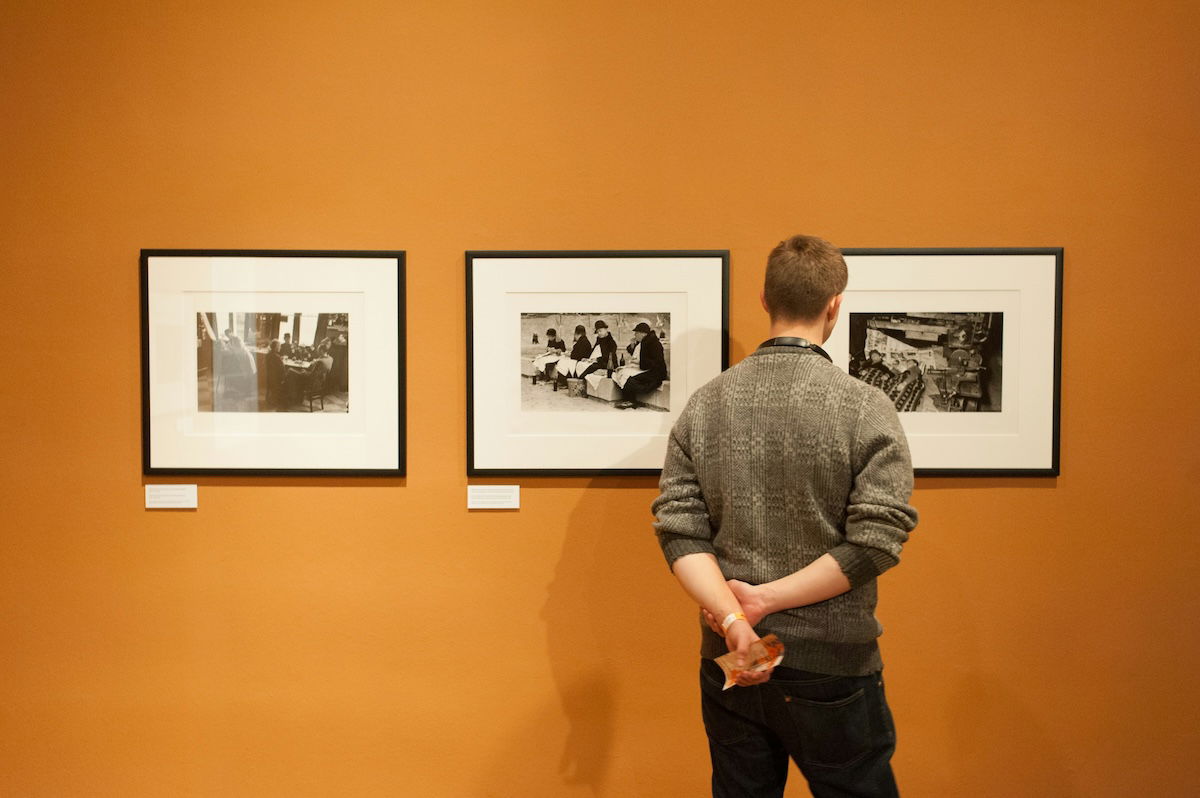
We’ve explored the most expensive photographs. And we’re reminded of photography’s enduring ability to inspire and provoke. We’ve seen visionary experimentation and contemporary commentary. Each image leaves an indelible mark on the photographic world.
As photography evolves, these photos testify to its timelessness and transformative power. You never know what kind of photos will make this list in the future… In the meantime, here is some advice on selling your images.
Are you wanting to get ahead with your portrait photography business? Don’t miss out on our eBook – Profit from Portraits!
